As a devoted guinea pig owner, you likely already know that these charming little creatures require more than just love and a cozy habitat to thrive. Among the most critical, yet often misunderstood, aspects of their care is the management of Vitamin C. Unlike many other mammals, guinea pigs cannot synthesize their own Vitamin C, a fact that places the responsibility for their health squarely on your shoulders. This guide is designed to demystify this essential nutrient, moving beyond simple bullet points to provide a comprehensive understanding of why it's vital, how to provide it correctly, and how to recognize the signs of both deficiency and excess.
The biological quirk that makes guinea pigs dependent on dietary Vitamin C is the absence of the enzyme L-gulonolactone oxidase. This is the enzyme responsible for the final step of synthesizing ascorbic acid (Vitamin C) from glucose in the liver of most other animals. Without it, your pet is entirely reliant on the food and supplements you provide. This isn't a minor detail; it's a fundamental pillar of their physiology. Vitamin C is a powerhouse antioxidant that plays an indispensable role in a vast array of bodily functions. It is crucial for the synthesis of collagen, the structural protein that holds tissues together. This means it's directly involved in the health of their skin, joints, blood vessels, bones, and even their tiny teeth. Furthermore, it bolsters the immune system, aids in wound healing, and improves the absorption of iron from their diet. A chronic lack of Vitamin C leads to a debilitating condition known as scurvy, a disease historically associated with sailors but just as real and dangerous for our pocket pets.
Recognizing the warning signs of a Vitamin C deficiency is a key skill for any owner. The symptoms can be subtle at first but escalate rapidly. Early signs often include a general lethargy or reluctance to move, a rough or unkempt coat, and a slight loss of appetite. As the condition progresses, more severe symptoms emerge. You might notice weight loss despite eating, diarrhea, or swollen, painful joints that cause your guinea pig to limp or have difficulty walking. One of the most telling signs is dental problems. Because Vitamin C is essential for maintaining the ligaments that hold teeth in place, deficiency can lead to loose teeth, misalignment, and overgrowth, creating a painful cycle where the pig cannot eat properly, exacerbating the nutritional deficit. In severe cases, bleeding from the gums or general weakness due to anemia can occur. If you observe any of these symptoms, it is imperative to seek immediate veterinary care, as advanced scurvy can be fatal.
So, how much of this vital nutrient does your furry friend actually need? The general consensus among veterinary nutritionists is that a healthy adult guinea pig requires between 10-30 mg of Vitamin C per kilogram of body weight daily. For an average-sized adult weighing around 1 kg (2.2 lbs), this translates to roughly 20-25 mg per day. However, this is not a static number. Pregnant, nursing, young, ill, or elderly guinea pigs have significantly higher requirements, sometimes needing up to 50 mg per day. Stress, whether from a change in environment, the introduction of a new cage mate, or a recovery from illness, can also increase their needs. It is always best to consult with an exotics-savvy veterinarian to determine the precise dosage for your pet's specific life stage and health status, as both too little and too much can cause serious health issues.
The best and most natural way to meet this requirement is through a daily diet rich in fresh, Vitamin C-packed vegetables. Think of these not as treats, but as a non-negotiable part of their core nutrition. Excellent choices include bell peppers (particularly the red and yellow varieties, which are exceptionally high in Vitamin C), kale, broccoli, Brussels sprouts, and parsley. A few slices of bell pepper can provide a substantial portion of their daily needs. Fruits like kiwi and strawberries are also good sources but should be fed in strict moderation due to their high sugar content. It is crucial to remember that Vitamin C is a fragile compound. It degrades rapidly when exposed to heat, light, and air. This means pelleted food that claims to be "Vitamin C fortified" loses its potency quickly once the bag is opened. Store food in a cool, dark place and use it within 90 days of opening, but never rely on pellets alone as your primary source. The fresh is always best.
Despite our best efforts with a stellar diet, supplementation is sometimes necessary or advised by a vet. This is where precision is key. The most reliable method is using liquid Vitamin C supplements designed specifically for small animals. These usually come with a dropper, allowing you to administer the exact dose directly into your guinea pig's mouth, ensuring they receive the full amount. Another popular option is crushable or chewable tablets that can be given as a treat or crushed and sprinkled onto a favorite leafy green. You must absolutely avoid multivitamins or human Vitamin C supplements. These often contain other vitamins (like Vitamin D) that can be toxic to guinea pigs in incorrect doses or use additives like sodium ascorbate, which are not ideal. The goal of supplementation is to fill a gap, not to create an imbalance. Always treat it as a medicine, administered under guidance, not a casual additive.
While addressing deficiency is common, it is also possible to have too much of a good thing. Hypervitaminosis C, or Vitamin C toxicity, is rare because it is a water-soluble vitamin, and excess is typically excreted in the urine. However, consistently providing extremely high doses (hundreds of milligrams daily) can overwhelm their system and lead to problems like diarrhea, which can cause dehydration, and in the long term, may contribute to the formation of kidney stones due to the acidic nature of oxalate excretion. The safest approach is to stick within the recommended guidelines and use supplementation judiciously. A balanced approach, combining a stable base of high-quality hay and pellets with a daily rotation of fresh, appropriate veggies, is the golden ticket to preventing both deficiency and excess.
Beyond the direct act of feeding, your overall husbandry practices play a supporting role in Vitamin C management. As mentioned, storing fortified food properly is essential. Furthermore, how you prepare vegetables matters. Vitamin C leaches into water, so washing veggies is good, but soaking them for prolonged periods is counterproductive. Serve them fresh and raw, as cooking destroys the vitamin entirely. Providing a consistent and stress-free environment also supports their overall health, ensuring their body uses nutrients efficiently. Always ensure a constant supply of fresh, clean water, as proper hydration is key to all metabolic processes, including the utilization of vitamins.
In conclusion, mastering your guinea pig's Vitamin C needs is one of the most profound acts of care you can provide. It moves beyond basic ownership into the realm of informed guardianship. It's not about memorizing a list of dos and don'ts, but about understanding the why behind the action. By providing a diverse array of fresh vegetables, considering targeted supplementation when needed, and remaining vigilant for signs of imbalance, you are doing more than just preventing disease. You are actively building the foundation for a vibrant, energetic, and long-lived companion. This knowledge empowers you to ensure your guinea pig doesn't just survive, but truly thrives, filling your home with its joyful pops and wheeks for years to come.
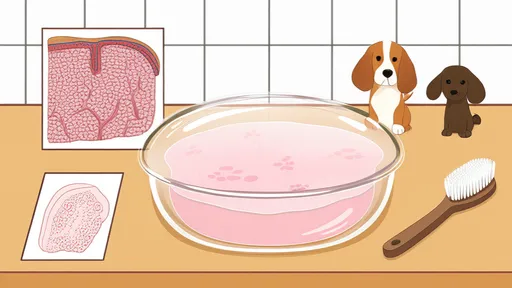
By /Aug 20, 2025
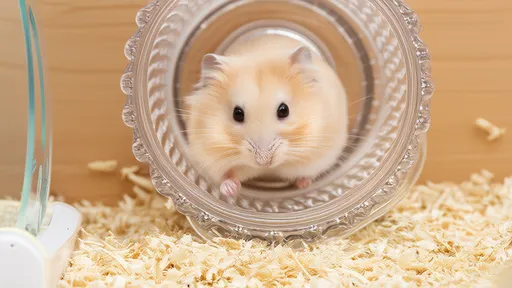
By /Aug 20, 2025

By /Aug 20, 2025
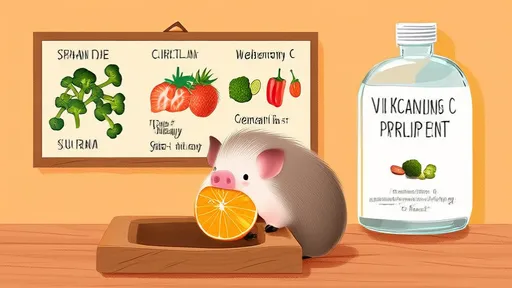
By /Aug 20, 2025
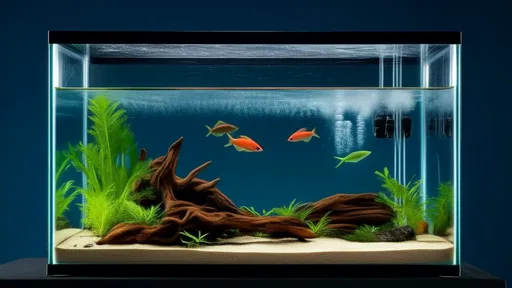
By /Aug 20, 2025
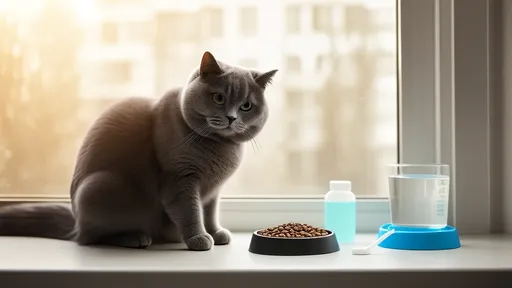
By /Aug 20, 2025

By /Aug 20, 2025
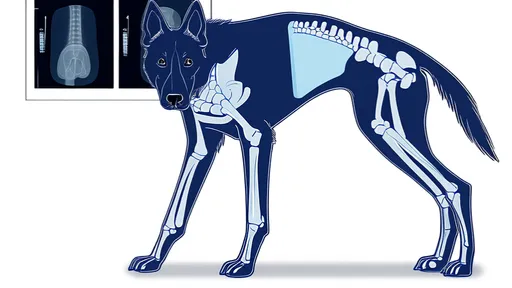
By /Aug 20, 2025
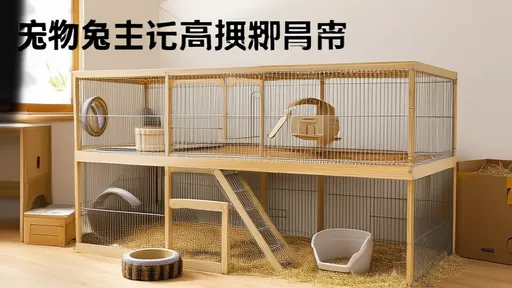
By /Aug 20, 2025
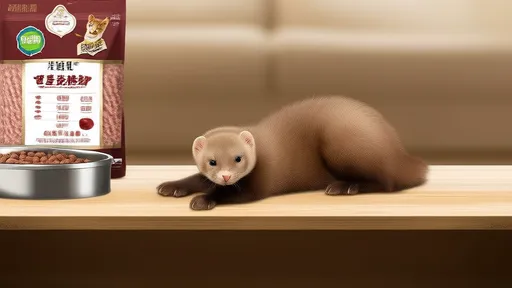
By /Aug 20, 2025
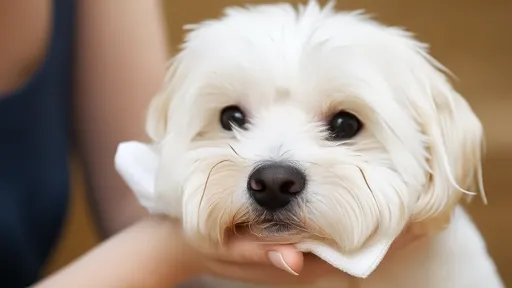
By /Aug 20, 2025
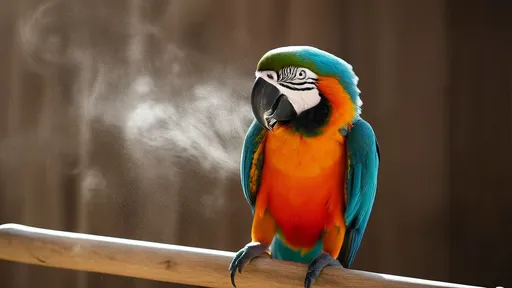
By /Aug 20, 2025
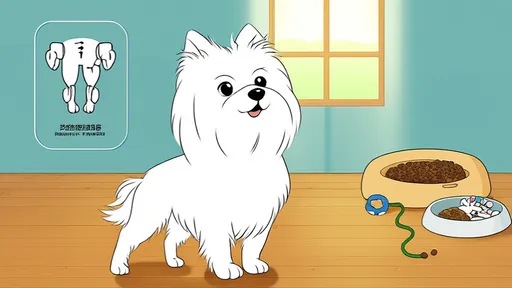
By /Aug 20, 2025

By /Aug 20, 2025

By /Aug 20, 2025
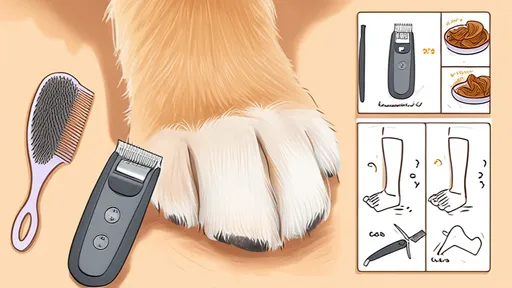
By /Aug 20, 2025

By /Aug 20, 2025

By /Aug 20, 2025

By /Aug 20, 2025
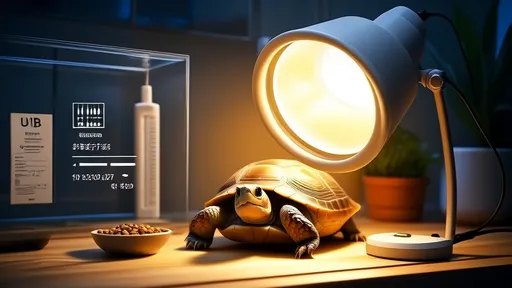
By /Aug 20, 2025